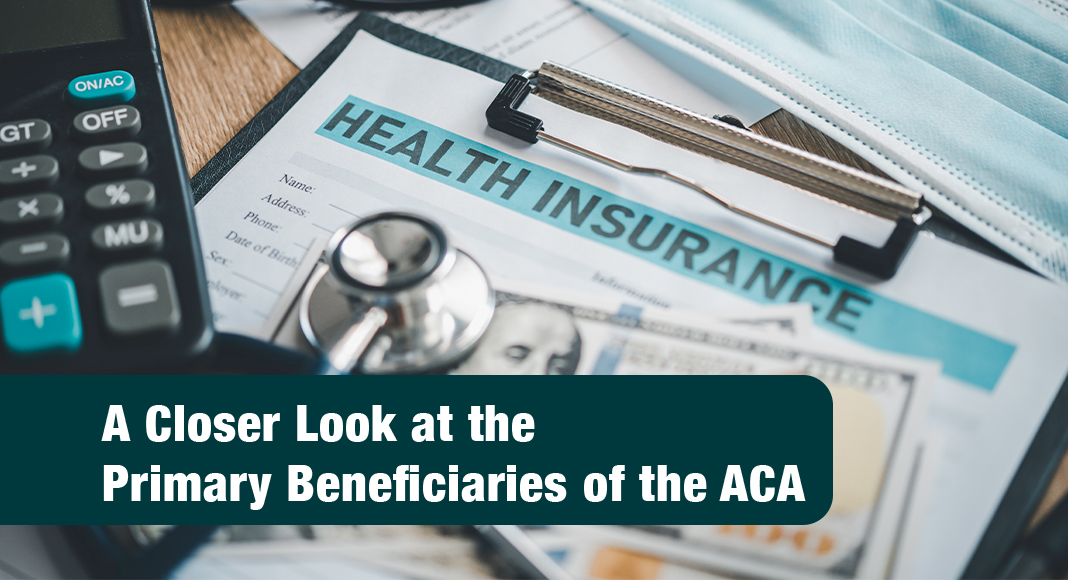
Mega Doctor News
Texas Border Business / Mega Doctor News
The Affordable Care Act (ACA), signed into law on March 23, 2010, was designed to expand access to affordable health insurance, improve consumer protections, and reduce overall healthcare costs. According to the U.S. Department of Health and Human Services (HHS), “more than 40 million people are now enrolled in coverage related to the ACA,” as of 2024. The law provides a framework of financial assistance, coverage rules, and marketplace options that benefit several distinct groups of Americans.
One of the primary groups that benefits from the ACA includes low- to moderate-income individuals and families. The law established premium tax credits that help lower the cost of monthly insurance premiums for people who purchase plans through the Health Insurance Marketplace. According to HealthCare.gov, these subsidies are available to individuals and families with incomes “between 100% and 400% of the federal poverty level (FPL),” and in some cases beyond that due to temporary expansions.
The ACA also created cost-sharing reductions for people with incomes between 100% and 250% of the FPL. These reductions help lower out-of-pocket costs, such as deductibles and co-payments, making healthcare services more accessible. According to the Kaiser Family Foundation (KFF), “about 5 million people enrolled in marketplace plans in 2023 benefited from cost-sharing subsidies.”
Another major beneficiary group includes uninsured individuals. The ACA introduced health insurance Marketplaces where individuals who do not have access to employer-sponsored insurance or public programs can shop for private plans. As stated by the Centers for Medicare & Medicaid Services (CMS), “the uninsured rate dropped from 16% in 2010 to 8% in 2022,” largely due to ACA provisions.
The ACA also extended dependent coverage for young adults, allowing them to stay on a parent’s health insurance plan until age 26. The U.S. Census Bureau reported that this provision led to coverage gains among adults aged 19 to 25, with over 2.3 million young adults gaining coverage in the first few years after the law’s passage.
Another important change under the ACA was the protection for people with pre-existing conditions. Prior to the ACA, insurers could deny coverage or charge more based on a person’s health history. The law prohibits these practices. Section 1201 of the ACA states: “A group health plan and a health insurance issuer offering group or individual health insurance coverage may not impose any preexisting condition exclusion.”
In states that adopted Medicaid expansion, another large group benefitting includes low-income adults without dependent children who were previously ineligible for the program. As of 2024, 40 states and Washington, D.C., have expanded Medicaid. The Kaiser Family Foundation notes that “more than 21 million people have gained Medicaid coverage through expansion since 2014.”
Lastly, the ACA includes provisions to support small business employees through the Small Business Health Options Program (SHOP), although participation has been limited. According to the Government Accountability Office (GAO), only about 30,000 people were enrolled in SHOP plans as of 2021.
These provisions illustrate how the ACA has had an extensive impact across the population, particularly among those with limited access to affordable coverage before 2010. Each component of the law targets specific gaps in the health insurance system, aiming to reduce disparities and improve access to essential health services.
see related stories:











